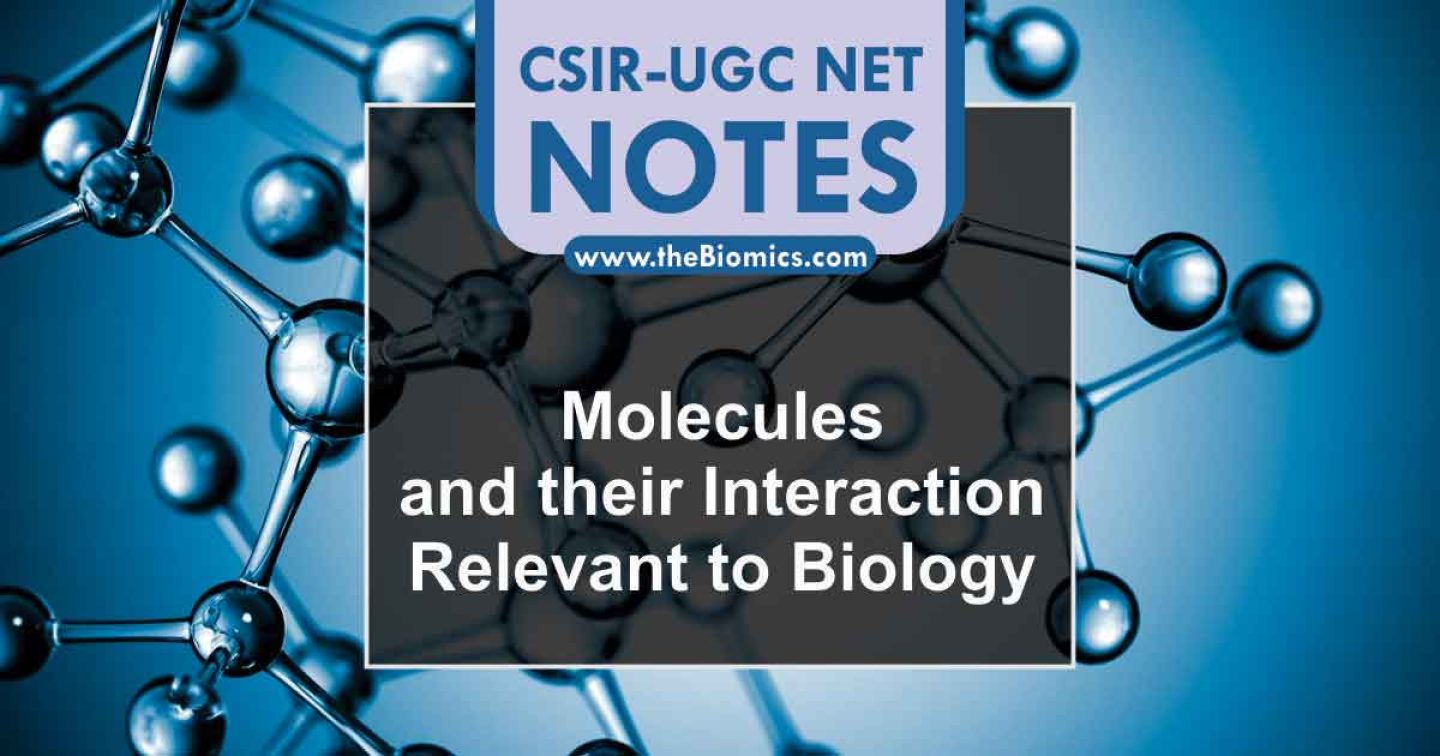
Specific Cleavage of Polypeptides
Molecules and their Interaction - Notes on specific cleavage of polypeptides, which is important topic for various biological science exam preparation.

Endopeptidase or Endoproteinase
These are proteolytic peptides that break peptides bonds of non-terminal amino acid (i.e. within the molecules), in contrast to exopeptidase, which breaks peptide bonds from their end pieces. For this reason, endopeptidases cannot breakdown peptides into monomers, while exopeptidases can break down proteins into monomers. A case of endopeptidase is the oligopeptidase, whose substrates are oligopeptides instead of proteins. They are very specific for certain amino acids. Examples-
- Trypsin: Cuts after Arg or Lys, unless followed Pro. Very strict. Works best at pH 8.
- Chymotrypsin: Cuts after Phe, Trp or Tyr unless followed by Pro. Cuts more slowly after His, Met or Leu. Works best at pH 8.
- Elastase: Cuts after Ala, Gly, Ser, or Val unless followed by Pro.
- Thermolysin: Cuts before Ile, Met, Phe, Trp, Tyr or Val unless preceded by Pro. Heat stable.
- Pepsin: Cuts before Leu, Phe, Trp or Tyr unless preceded by Pro. Works best at pH 2.
- Glutamyl endopeptidase (alias Glu-C): Cuts after Glu. Works best at pH 8.
Exopeptidase
An exopeptidase is any peptidase that catalyzes the cleavage of terminal peptide bond, the process releases a single amino acid or dipeptide from the peptide chain. Depending on weather the amino acid is released from the amino or the carboxy terminal, an exopeptidase is further classified as an aminopeptidase or carboxypeptidase respectively. Aminopeptidase and enzyme in the brush border of the small intestine will cleave a single amino acid from the amino terminal while carboxy peptidase which is a digestive enzyme present in pancreatic juice will cleave a single amino acid from the carboxylic end of the peptide. Examples-
- Carboxypeptidase A: C terminal peptide bond except Pro, Lys, Arg
- Carboxypeptidase B: Effective only when Arg or Lys are in C terminus
- Carboxypeptidase C: Any C terminal residues.
Some other enzymes that specifically cleave polypeptide
- Endoproteinase Lys C: C terminal side of Lysin
- Endoproteinase Arg C: C terminal side of Arginine
- Endoproteinase Asp-N: Peptide bond N-terminal to aspartate or cysteine residues.
- Submaxillarus protease: Arg (C)
- Staphylococcus aureus V8 protease: Asp, Glu (C)
Other than enzyme peptides can also be cleaved by chemicals
- BNPS Skatole: C terminal of Trp residues
- N-Bromosuccinimide: C terminal of Trp residues
- O-Iodosobenzoate: C terminal of Trp residues
- Cyanogen bromide: C terminal side of Met residues
- Hydroxylamine: Asp- Gly bonds
- 2-Nitro 5 thiocyanobenzoate: N-terminal side of cysteine residues
When a polypeptide react with dansyl chloride it forms fluorescent adduct with 1st amino acid of polypeptide.
